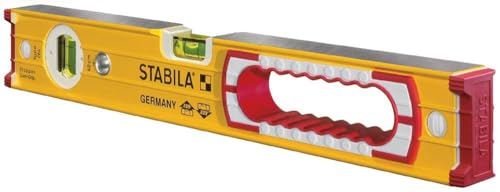Choosing the right safety gear for diy tasks is crucial. It protects you from potential hazards and injuries.
Safety should always be your top priority during diy projects. Many tasks involve risks that require specific protective equipment. Understanding the exact gear you need can prevent accidents and enhance your project efficiency. Gloves, goggles, and masks serve different purposes depending on the task.
For instance, gloves protect your hands from cuts, while goggles shield your eyes from debris. Dust masks help when working with materials that produce fine particles. Always choose equipment that fits well and is comfortable to wear for extended periods. Proper safety gear not only safeguards your well-being but also boosts your confidence. Stay safe, and enjoy your diy journey responsibly.
Buying Guide On Choosing The Right Safety Gear For Specific Diy Tasks
choosing the right safety gear for specific diy tasks
diy projects can be fun and rewarding. But safety always comes first. Here’s a guide to choosing the right safety gear for various diy tasks.
1. Eye protection
protecting your eyes is crucial. Safety goggles shield from dust, debris, and chemicals. For tasks like sanding, sawing, or handling chemicals, always wear goggles. Ensure they fit well and cover your eyes completely.
2. Ear protection
loud noises can damage hearing. Use earplugs or earmuffs when using power tools. They help reduce noise levels significantly. Choose comfortable ear protection that fits well.
3. Respiratory protection
dust, fumes, and chemicals can harm your lungs. Wear a mask or respirator. For painting, sanding, or working with chemicals, select the right type of mask. Disposable masks are suitable for light tasks. Respirators offer better protection for heavy-duty work.
4. Hand protection
hands are often at risk during diy tasks. Use gloves to protect from cuts, burns, and chemicals. Different tasks require different gloves. Leather gloves are good for heavy work. Rubber gloves protect against chemicals. Ensure gloves fit well and provide good grip.
5. Foot protection
feet need protection from heavy objects and sharp items. Wear safety boots with steel toes. Non-slip soles are essential for slippery surfaces. Choose boots that are comfortable and fit well.
6. Head protection
head injuries can be serious. Hard hats protect your head from falling objects. For construction or demolition tasks, always wear a hard hat. Ensure it fits securely and is comfortable.
7. Clothing
wear appropriate clothing for the task. Long sleeves and pants protect skin from cuts and chemicals. Avoid loose clothing that can get caught in tools. Use coveralls for extra protection.
8. Face shields
face shields offer extra protection. Useful for grinding, cutting, or chemical handling. They protect the entire face from splashes and debris. Always wear a face shield with safety goggles for maximum protection.
9. Hearing protection
repeated exposure to loud noises can cause hearing loss. Use earplugs or earmuffs when working with loud tools. Ensure they are comfortable and fit well.
10. Knee pads
knee pads protect knees from hard surfaces. Ideal for tasks like tiling or gardening. Choose knee pads with good padding and adjustable straps.
Conclusion
Selecting the right safety gear is crucial for any diy task. It protects you from unexpected accidents. Always consider the specific task before choosing your gear. Not all safety equipment fits every project. For instance, gloves for woodworking differ from those for gardening.
Similarly, eye protection varies between tasks like welding and painting. Remember, proper safety gear not only shields but also boosts confidence. It allows you to focus more on the task at hand. Investing in quality safety equipment is wise. It can save you from potential harm or injury.
Research the best gear for your specific diy needs. Read reviews and ask for expert advice if needed. Prioritize safety over speed or convenience. Taking time to gear up correctly is never wasted time. Ultimately, choosing the right safety equipment ensures a safer and more enjoyable diy experience.
Stay safe, and happy diy-ing!











